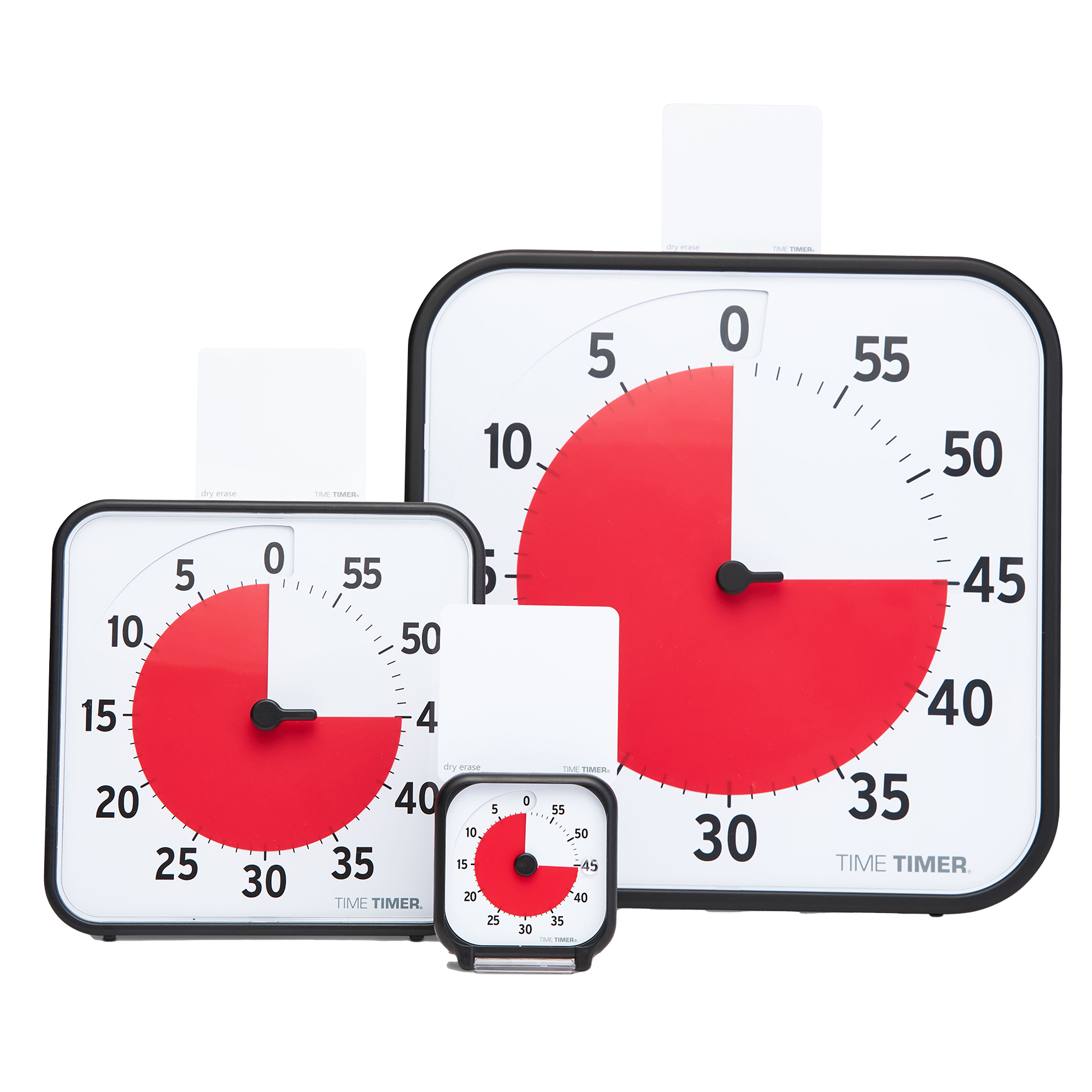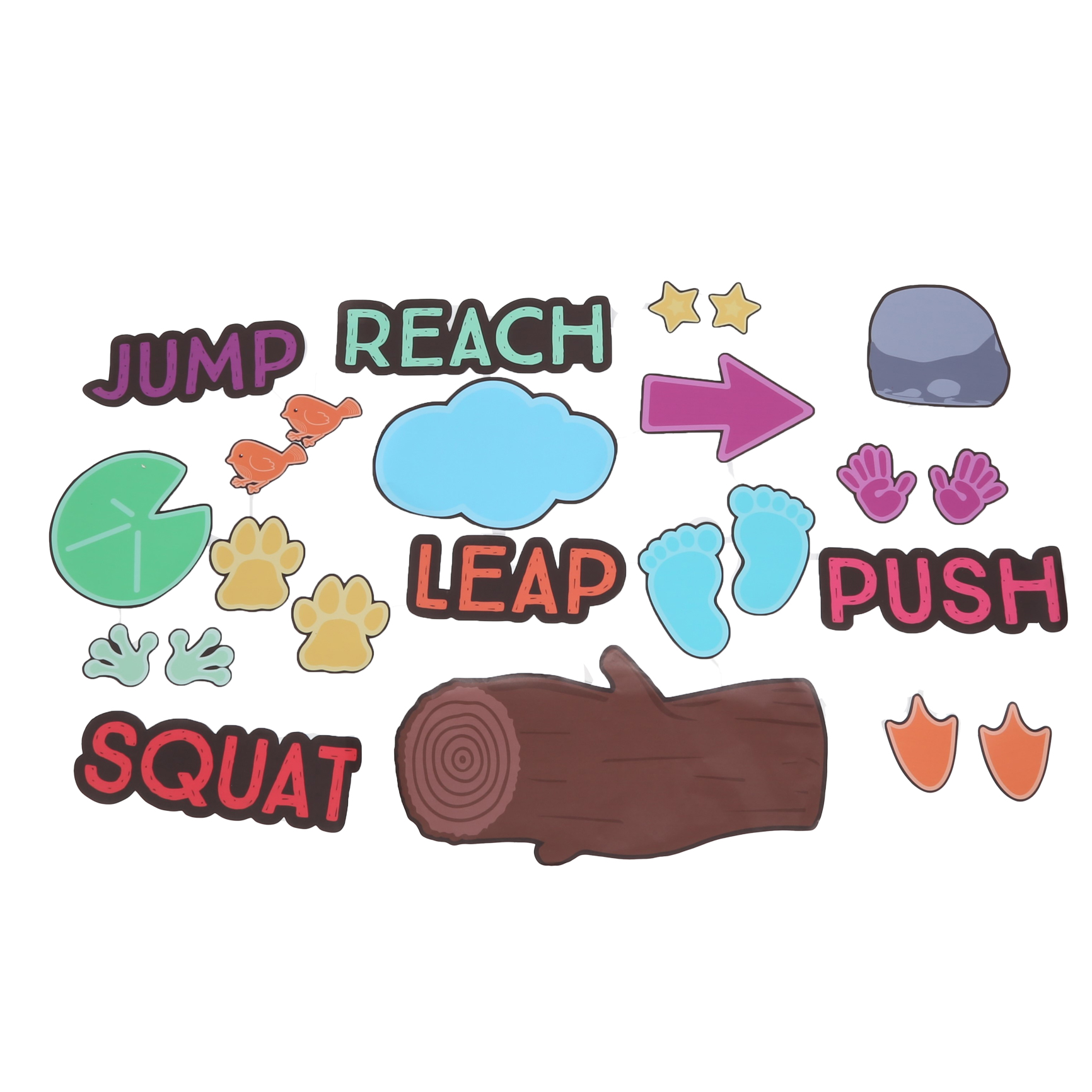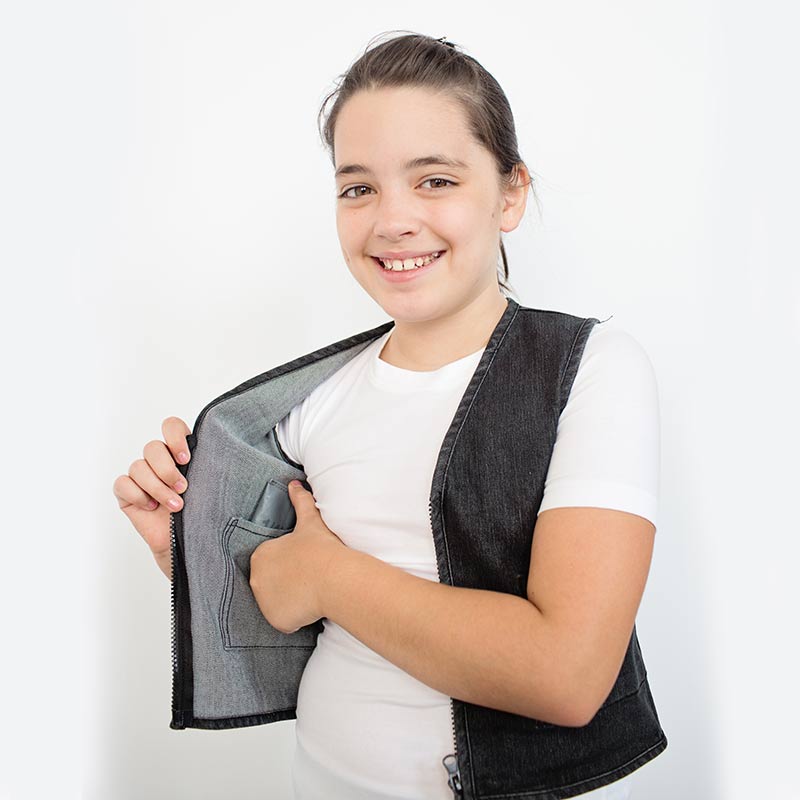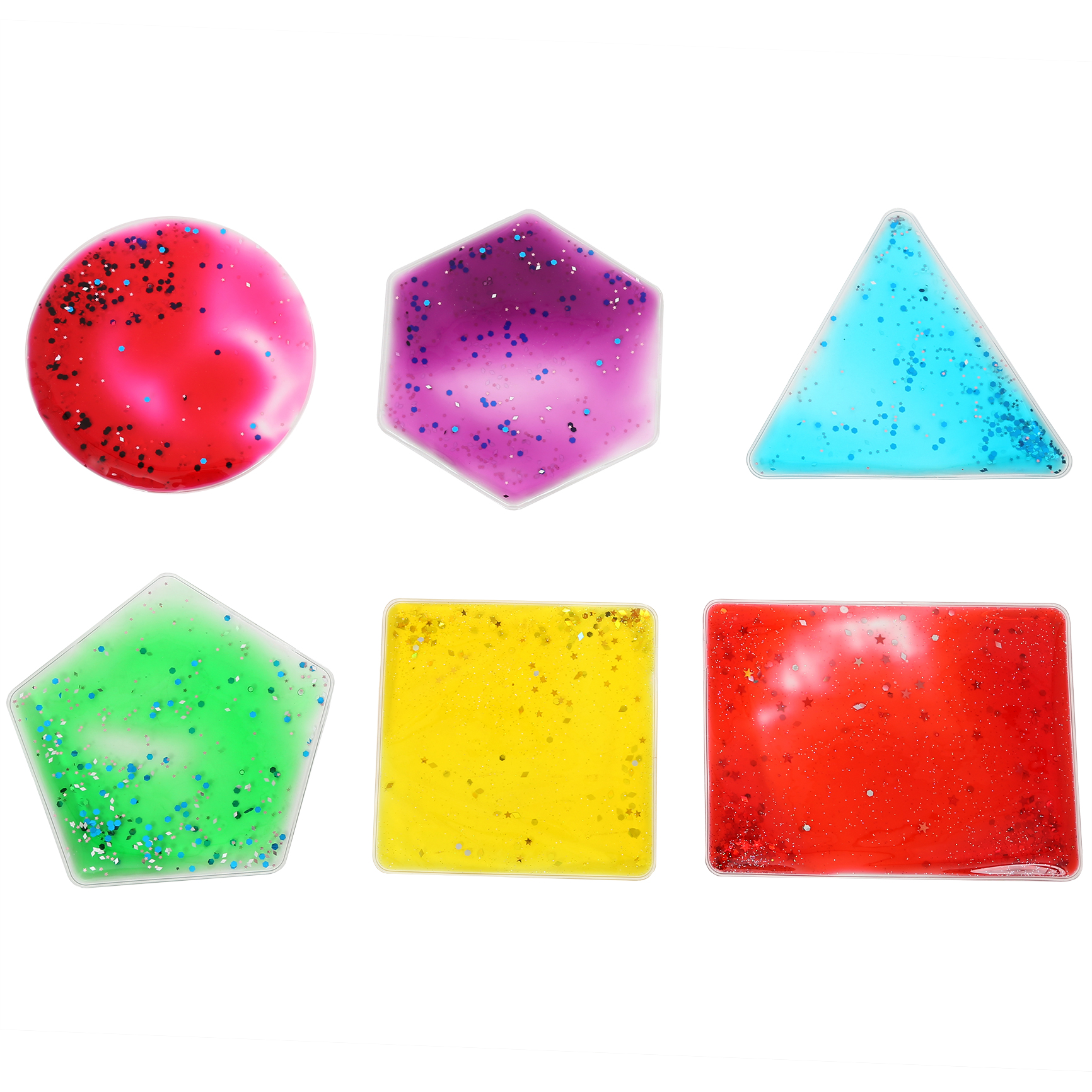Sometimes getting our kids from point A to point B is not simple. Some kids resist change as a general rule and sometimes kids will be very involved in what they are doing and do not want to stop. These transitions can be a struggle, but having the right strategies in hand can help. Our occupational therapists are sharing some of their favorite tips to smooth the transition period.
1. Use timing to your advantage
Kids can get stressed by sudden changes. Alert them to the upcoming change with plenty of time to get used to the idea. "Five more minutes before we clean up and get ready to go to recess," might be an example of a warning. Some kids need a visual aid, which is why we love the Time Timer. It has a disappearing colored disk to show how much time is left for an activity or until a transition starts. Kids can then actually see time elapsing, reinforcing the concept.
2. Institute a Cool Down
After an exercise class the teacher will give you a cool down for the last 5 minutes or so, giving your body a chance to transition before leaving class. The cool down also gives you the mental transition to ease out of the gym and back to real life. For students, to mimic this cool down, you can ring a gentle bell, lower the lights, ask everyone to lower their voices or start a soft chant to let them know it's time to shift gears.
3. Move through the change
Movement helps with transitions. Have your kids "march" their way to line up, or "clap" their way to the hall. They can even "swim" through the air or "bear walk" to get their coats. Instead of standing around waiting, kids are actively engaging toward the next activity. You can set up hallway decals to encourage kids to move through the change between classes.
4. Weigh Down
Weight seems to really help kids move from one point to the next because of the grounding input it provides. You can use a weighted vest or carry a weighted friend. Using a weighted cart is a great way to push through a transition. You can fill a basket with books to push or stack chairs for an easy way to find weighted activities. The deep pressure input from weight bearing down on their joints gets kids ready for their next move.
5. Transition Objects
For some kids, having a favorite fidget or small plush toy to hold on to for transitions makes all the difference. For those who are anxious about change, this object that they carry from activity to activity or from home to school is their way of ensuring something is constant even though other things are in flux. These items offer security and comfort in a confusing world.
6. Keep it simple
No matter what, keep your directions polite, clear and simple when it's time to move on. You may want to hold up a simple sign that says "Time to Move." You may also want to use transition words like “get ready,” “now,” “finish up” and talk about what those words mean.
Find sensory tools to help kids have positive transitions.
This post was originally posted on 10/07/2019 by Ilana Danneman, PT & Aviva Weiss MS, OTR/L. It was updated for accuracy and comprehensiveness on 05/02/2023.























Comments